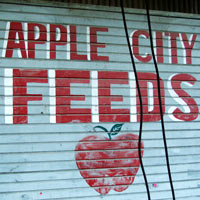
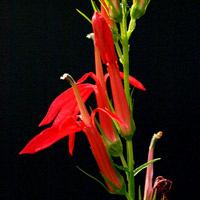
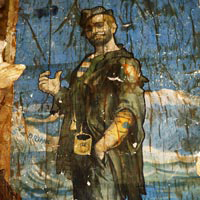

saltboiler
times
A Journal of Jackson, Ohio, for Wildflowers, Local History, and Travel
about
About Saltboiler
In the late 1790’s the place which became Jackson, Ohio, contained salt licks, where a creek flowed over salt–bearing rock and became brine. Native Americans and later pioneering white men boiled the brine down into valuable salt. As a result of the Battle of Fallen Timbers (1794) and the Treaty of Greenville (1795), Native Americans abandoned control of southeast Ohio, and white people moved in. The first permanent settler in Jackson County was your author’s ancestor John Martin, who arrived in 1796. He took up salt manufacture for a time, and became known
as “Saltboiler John”. The saltboiling industry did not last beyond a few decades, and Saltboiler John himself soon moved to a farm outside the settlement. For a while, though, a few dozen saltboiling furnaces prospered, and the settlement became a rollicking frontier town known for drunkenness and misbehavior. For a short time the settlement was named “Purgatory”. Your author is proud of his heritage and decided to name his hobby web site in honor of his ancestor. ![]()
About Jackson‚ Ohio
The City of Jackson, Ohio, population about 6,700, is the county seat of Jackson County, in southeast Ohio about 75 miles southeast of Columbus. Jackson is a typical small friendly Midwestern town. It has an active arts group and two local history organizations. The high school seems to care more about football than academics, which is typical for the area. After high school, many students attend the University of Rio Grande, a small college twenty miles south, or Ohio University, a larger school thirty miles east, in Athens, Ohio, or The Ohio State University, in Columbus. Over the years, lots of Welsh folk have moved into the county, especially in the southern part. Residents have made their livings in the past in farming, coal mining, iron manufacture, and uranium processing. Nowadays most jobs are found in two frozen food plants in the county, and in various occupations related to medical care. Jackson used to have several apple orchards in its environs, and it still has a water tower dressed up as an apple. Its community festival is the Apple Festival, in September each year. Jackson is a nice place to live, and a good place in which to rear children. It is home to Aggie and me. ![]()
About Lake Katharine
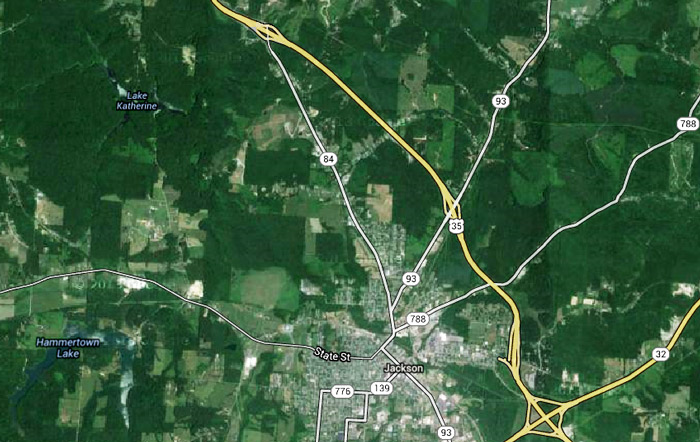
Located about two miles northwest of Jackson, Ohio, Lake Katharine State Nature Preserve contains 2,000 acres of undisturbed Appalachian ridges and ravines as well as a 100–acre man–made lake. Lake Katharine is known as a top–ten in Ohio spring wildflower site, and 5.5 miles of walking trails thread through the preserve. Because the north–running prehistoric Teas River had flowed through the area depositing plant seeds, remnant populations of Bigleaf and Umbrella Magnolias still thrive there. Lake Katharine is the largest nature preserve in Ohio, acquired in 1976 by gift from two local businessmen, James J. McKitterick and Edwin A. Jones. Katharine‚ with an “a” in the middle‚ was Mrs. Jones’s first name. Before the state acquired the land, the owners had operated a boys’ camp named Camp Arrowhead there from 1947 to 1965. Many decades before that, the area had been mined for coal. Signs still remain of Native Americans having passed through the area before white men arrived, perhaps on the way to the nearby salt licks. ![]()
About Your Author‚ William C. Martin
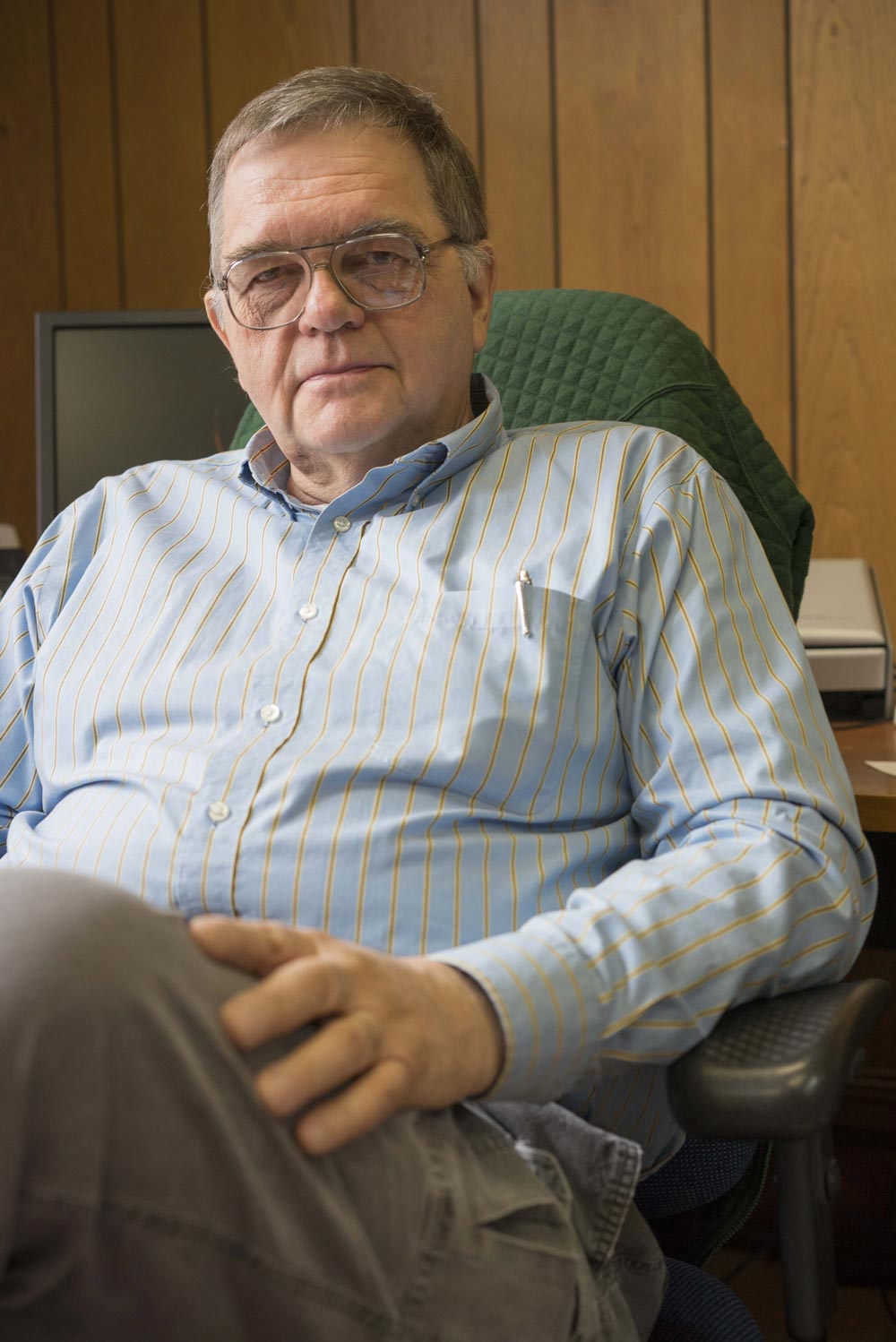
I am Bill Martin, a retired local lawyer. My ancestor was the first permanent white settler in Jackson County, and his nickname was Saltboiler John Martin. Hence the name of this web site. My wife Aggie and I have been interested for many years in local spring wildflowers, local history, and travel. This web site will share the results of our interests. ![]()